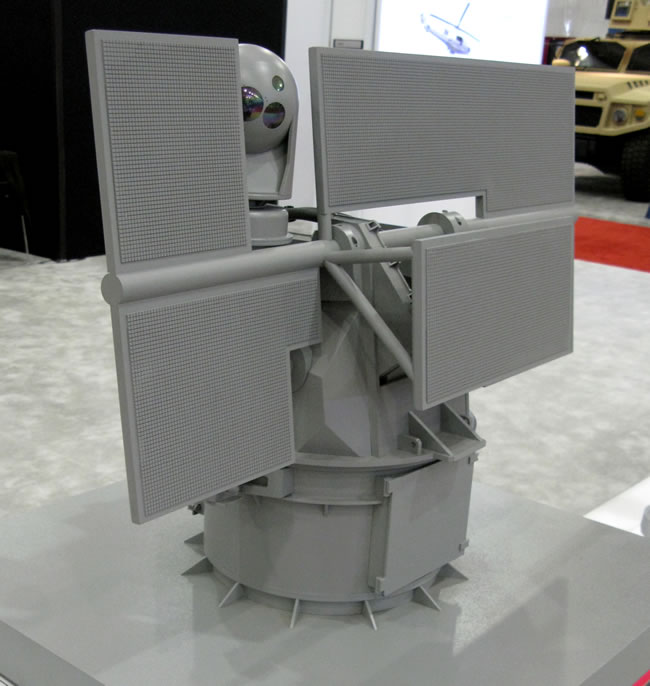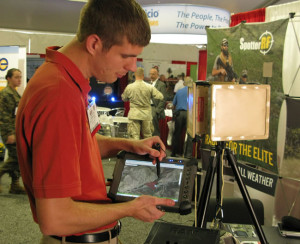
Defense Update reports from AUSA 2012: Force Protection is another field of activity that is expecting to offer sustainable demand over the upcoming years. Despite the draw down of forces from Afghanistan, it can be assumed that the forces remaining in country, as training, support and special operations elements, will require extensive protection means to maintain low signature and avoid casualties or visible damage. (Rumors say the Pentagon plans to leave at least 10,000 troops there)
Among the systems shown at AUSA 2012 were various Counter-IED systems, from the new robotic flail to a giant route-clearing monster displayed by Pearson. A range of robotic C-IED systems were displayed here, supporting unmanned mobility, combatting IEDs etc. Another growing category of force protection sensors are the compact tactical surveillance radars, that have evolved from artillery locating or ground surveillance sensors. As integrated, multi-mission threat warning radars, they provide early warning about all types of hostile attacks – from rocket or mortar firing, locating missiles or gunfire. Additionally, they can detect vehicles or personnel movement at distances from several hundreds of meters to 10 or 20 km. Such radars were displayed by a number of manufacturers, including SRC, Telephonics, Northrop Grumman, Lockheed Martin, IAI Elta, Rada and Spotter RF.
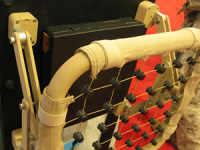
While improvements of automotive and support are important to the performance and sustainability of combat vehicles, it is the armor and weapon systems that makes these vehicles win the fight. In past years, armor protection technologies attracted much attention at defense exhibitions like AUSA, but this year, armor improvements were less visible. Even blast protection, which captured much interest in recent years was downplayed in 2012, presumably, due to reducing future orders. `one exception was QinetiQ North America, that unveiled two new protection systems – the second generation of G-NET and a new composition of armor, called Scalable Matrix Composite (SMC) armor. The company also introduced new add-on armor application system, using ‘magnetic switch’, enabling the application of SMC or Q-NET on metallic surfaces. This technique enables a quick and efficient use of threat-specific armor without special preparation of the vehicle.
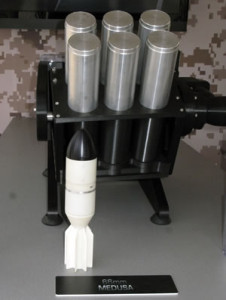
The Army and Marine Corps are also interested in non-lethal weapons, enabling units to employ scalable response, in various situations, thus avoiding the use of lethal force unless it is absolutely unavoidable. Among the solutions displayed at the Modern Day Marine expo were two new capabilities – the Medusa from General Dynamics Ordnance and tactical Systems (GD OTS) and non-lethal ‘ray gun’, employing high-power microwave, developed by BAE for naval crafts.Medusa – is a 66mm weapon delivery platform firing non-lethal human incapacitation grenades. It is effective at ranges up to 150 meters. Mounted on vehicles or stationary posts, MEDUSA uses an articulated launcher and programmable grenade with thermobaric payload technology that provides non-lethal ocular, audio and concussive incapacitation.
The system can be mounted on vehicles or checkpoints, it can be used to repel crowd attempting to assault the protected site in situations where firing at the crowd is not likely or not feasible.
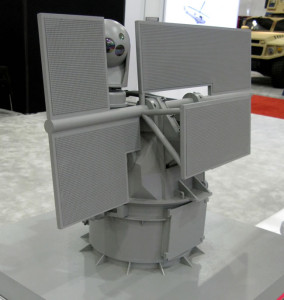
The HPM would be used as a non-lethal ship self-defense capability, engaging multiple surface and air threats from a distance. The HPM has the potential to disrupt the operation of electronic circuits controlling boat motors, aircraft or UAV avionics, using powerful and directional electromagnetic pulses. The HPM naval weapon system would address a wide range of targets including small boats, anti-radiation missiles and UAVs. It would also be able to disrupt enemy fire control radars.
Source: Defense-Update

